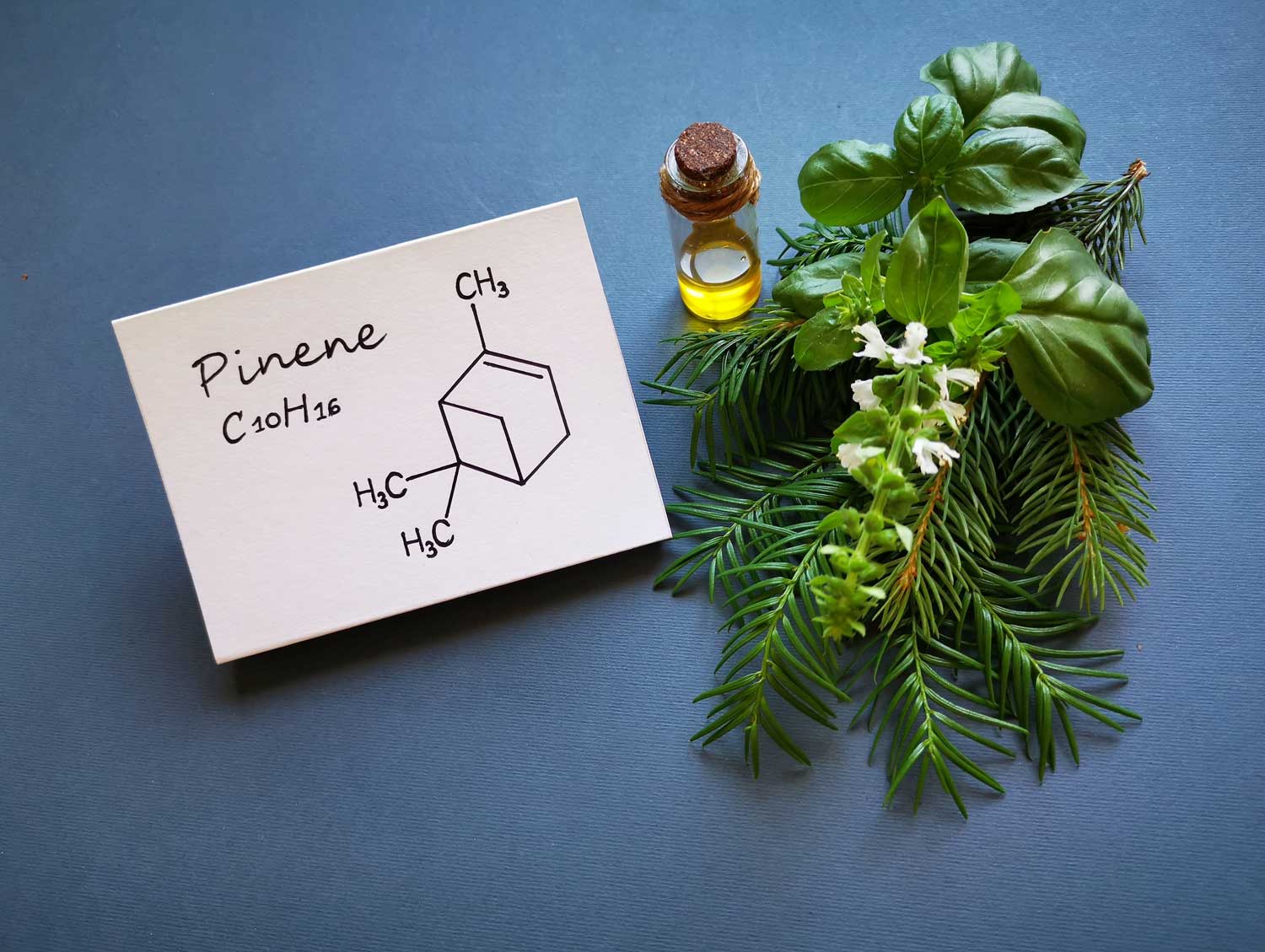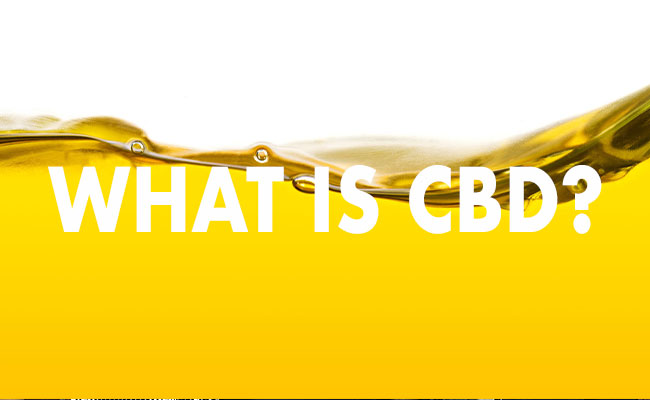
Terpenes 101 | Alpha- and Beta-Pinene
WRITTEN BY MELANIE FLORES AND DR. SWATHI
What are terpenes?
As the discussion of cannabis possibly having personalized medicinal effects becomes more widespread, the word terpenes has become a buzzword. The talk of different strains of cannabis having various terpene profiles begs the question, What are terpenes? Terpenes are aromatic compounds that are found in many plants, including cannabis. Terpenes create the odor of the cannabis plant. There are hundreds of terpenes that can be found in cannabis and new research is currently reviewing the possible medical benefits that these terpenes can have in humans. It is important to note that different terpenes are also found in CBD, a chemical compound of cannabis. Two of the terpenes that make up the cannabis plant are alpha-pinene and beta-pinene.
What is pinene?
Pinene is a terpene found in the cannabis plant and is also the same terpene responsible for the pine aroma of the pine tree and the cleaning product Pinesol!
Alpha-Pinene
Alpha-pinene is the more prevalent type of pinene found in nature and in cannabis. It produces an earthy aroma and is also known to be found in rosemary, bergamot, and olives. Studies show that alpha-pinene could have possible therapeutic potential for osteoarthritis, insomnia, and anxiety. A 2014 observational study revealed that alpha-pinene exhibited significant anti-inflammatory effects on human cells against the pain associated with arthritis–clinical trials are needed, but studies like this show the possibility of using terpenes for more than just a pretty smell.
Beta-Pinene
Beta-pinene produces a woody and spicy aroma. It is also known to be found in hops and cumin! It has been proposed that beta-pinene can have antidepressant and antimicrobial effects, but more studies are needed. In animal studies, beta-pinene was shown to improve their mood when their serotonin, aka the happy chemical, was blocked. Multiple studies also showed that beta-pinene may be effective in impairing the growth of isolated bacteria and fungus.
What are future potential medical uses?
Terpenes are known for giving plants their unique flavor and aromatic qualities. It has been hypothesized and shown promising results in research that terpenes could also have beneficial properties on various illnesses. Alpha-pinene and beta-pinene are two key terpenes that may have possible therapeutic benefits on mood, infections, and inflammation in the human body. Further research is needed on human subjects to verify these potential benefits, but the possiblility of individualized holistic medicine to serve as ailments to illnesses is an exciting breakthrough in medicine that can be seen on the horizon.
References
- Guzmán-Gutiérrez SL, Bonilla-Jaime H, Gómez-Cansino R, Reyes-Chilpa R. Linalool and β-pinene exert their antidepressant-like activity through the monoaminergic pathway. Life Sci. 2015 May 1;128:24-9. doi: 10.1016/j.lfs.2015.02.021. Epub 2015 Mar 11. PMID: 25771248.
- Leite A.M., Lima E.O., Souza E.L., Diniz M.F., Trajano V.N., Medeiros I.A. Inhibitory effect of α- and β-pinene and eugenol on the growth of potential infectious endocarditis causing Gram-positive bacteria. Braz. J. Pharm. Sci. 2007;43:121–126. doi: 10.1590/S1516-93322007000100015
- de Macedo Andrade A.C., Rosalen P.L., Freires I.A., Scotti L., Scotti M.T., Aquino S.G., de Castro R.D. Antifungal Activity, Mode of Action, Docking Prediction and Anti-biofilm Effects of (+)-beta-pinene Enantiomers against Candida spp. Curr. Top. Med. Chem. 2018;18:2481–2490. doi: 10.2174/1568026618666181115103104.
- Rufino AT, Ribeiro M, Judas F, Salgueiro L, Lopes MC, Cavaleiro C, Mendes AF. Anti-inflammatory and chondroprotective activity of (+)-α-pinene: structural and enantiomeric selectivity. J Nat Prod. 2014 Feb 28;77(2):264-9. doi: 10.1021/np400828x. Epub 2014 Jan 23. PMID: 24455984.
- Yang H, Woo J, Pae AN, Um MY, Cho NC, Park KD, Yoon M, Kim J, Lee CJ, Cho S. α-Pinene, a Major Constituent of Pine Tree Oils, Enhances Non-Rapid Eye Movement Sleep in Mice through GABAA-benzodiazepine Receptors. Mol Pharmacol. 2016 Nov;90(5):530-539. doi: 10.1124/mol.116.105080. Epub 2016 Aug 29. PMID: 27573669.
--
This article was edited by Dr. Swathi and was written by Element Apothec Scientific Communications Intern, Melanie Flores. She is a Doctor of Pharmacy (PharmD) student at Oregon State University and Oregon Health & Science University College of Pharmacy in Portland, Oregon.











